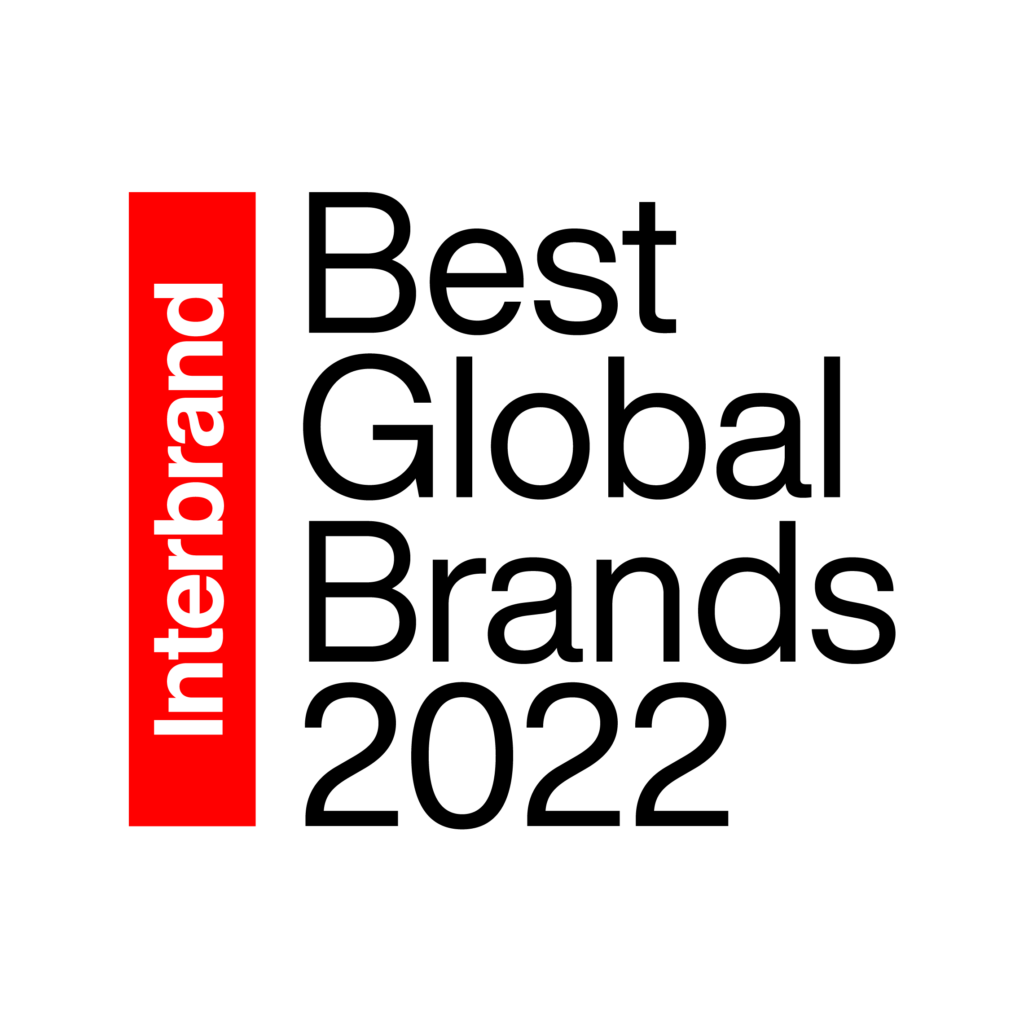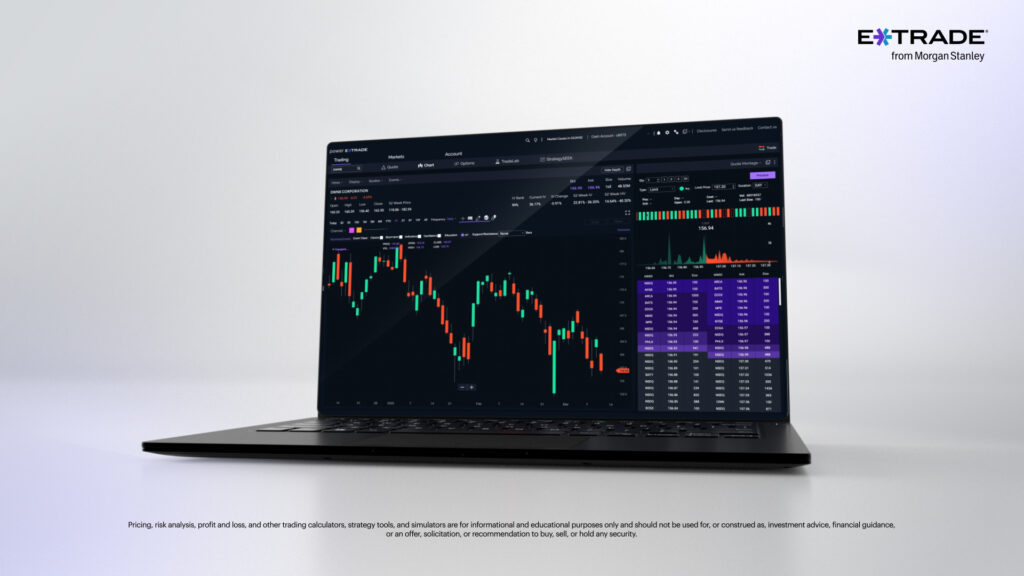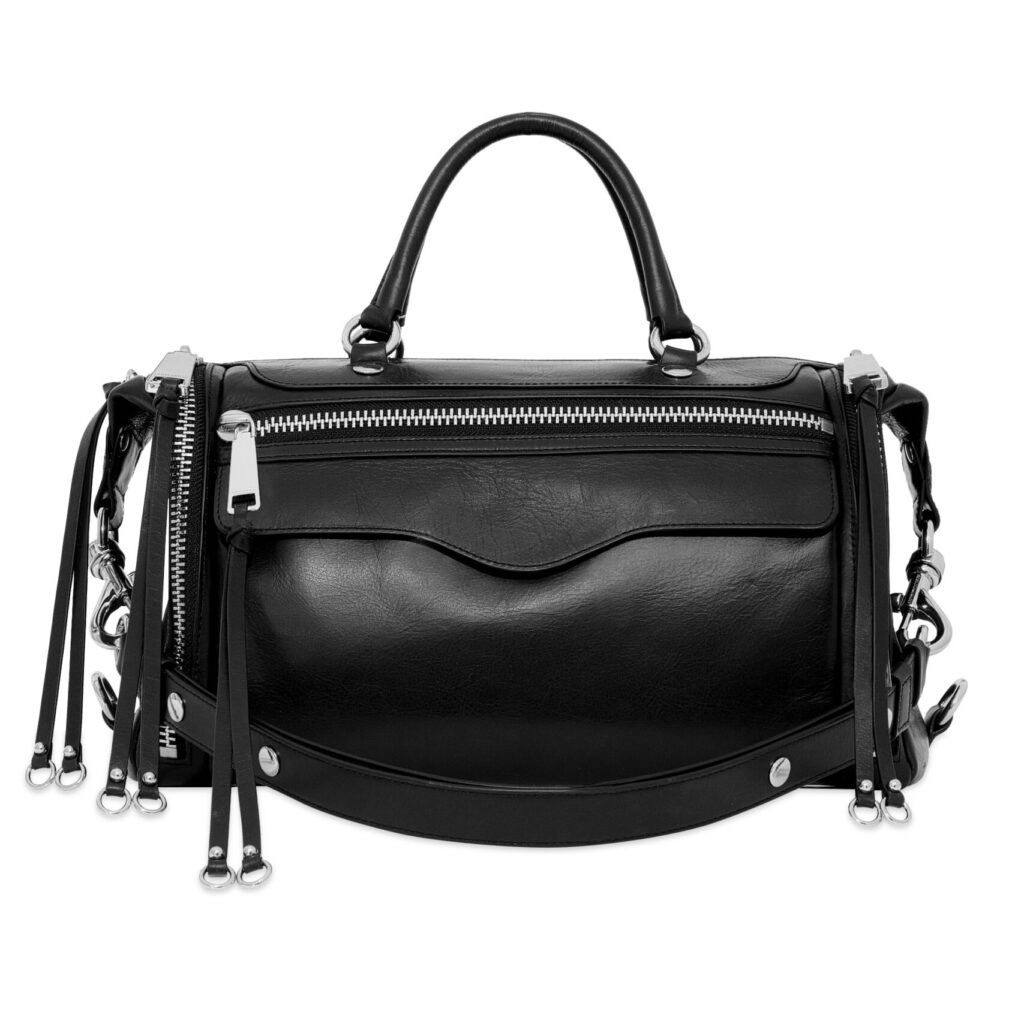
Morgan Stanley’s CMO Alice Milligan on how they are building meaningful connections with their customers

Five Questions with Alice Milligan, Chief Marketing Officer, Morgan Stanley
We believe there is a shift from organization-led brands to brand-led organizations (e.g. Disney, Amazon, Apple) where the business is the commercial manifestation of a powerful brand. Do you recognize this shift? What are the challenges and opportunities in it? Are there any recent examples that you would point to where that mindset and philosophy was put into practice to identify and recognize a need? And on top of that, figuring out how we then serve that through the Morgan Stanley brand, acquired brands, or new creations?
One of the core traits of a leading organization is being a brand-lead or customer-lead business. For instance, Amazon and Apple have an unrelenting focus on the customer and always put them first. They create products and services that solve a unique problem or meet a need that their audiences have. Overall, I have seen a shift in financial services and in general, I think this is driven by the demands that companies like Amazon or Apple create in the minds of consumers. I think this is probably true of every brand on your best global brand list. Similarly, we have an obsessive focus on our customers. As Howard Schultz was known for saying, “we’re not in the coffee business serving people; we’re in the people business serving coffee”. I think the same goes for Morgan Stanley. We’re in the people business helping our customers achieve their financial goals from the earliest stage all the way through their retirement, or when they want to take their companies to IPOs.
Because of the growth strategy that Morgan Stanley has undertaken over the last few years with the acquisitions of E*TRADE, Solium and Eaton Vance, we’ve really broadened our client base. This has presented a significant opportunity to engage a new generation of consumers. That’s incredibly exciting – especially as we think about how to position the brand and showcase our collaborative advantage for decades to come.
And a lot of this work is underway. For example, we did a lot of research around our E*TRADE acquisition (a lot of which was done with Interbrand) and what we saw was that those clients had certain needs and expectations. They wanted to ensure that their technological capabilities continued to be innovative and easy to use. They wanted to make sure that their pricing remained competitive, and that they got a value add from Morgan Stanley.
What you’ll see is we haven’t raised client prices. Our E*TRADE clients still get very competitive pricing in terms of their brokerage products and services, and really competitive banking rates for their banking needs. The technology has continued to evolve, and it has significantly improved. Your accounts can now be integrated right into your Morgan Stanley online account so you can see everything in one place. You have the flexibility to see all your assets and your accounts, or to not see them. You have the flexibility to have your financial advisor (FA) see it, or to not be engaged with an FA. With that, there’s been a tremendous amount of integration, and we’re always upping our game in terms of functionality and flexibility.
In terms of value add, we’ve been bringing the breadth of Morgan Stanley’s equity research, podcasts, webinars, and all the wealth of knowledge and information to the ETRADE clients. We also have access to new best in class financial advisors for our ETRADE clients. That is just one example of how we approached it in terms of the acquisition of other brands or platforms.
Overall, I have seen a shift in financial services and in general, I think this is driven by the demands that companies like Amazon or Apple create in the minds of consumers.

Our Best Global Brands data suggests that brands who not only provide superb experiences but also take a leading stance on social issues are more relevant to consumers. How are you approaching this in your organization?
There is an expectation that brands do well by doing good, and should stand up and champion initiatives that could build more equitable and inclusive cultures. That’s been a mainstay for Morgan Stanley – diversity and inclusion are part our DNA.
If you look at this year’s Edelman Trust Barometer, 58% of respondents said that they buy or advocate for brands based on their beliefs and values and 60% choose a place to work based on their beliefs and values. This is not only important to the clients we serve, but it’s also important to the employees who are the brand’s biggest advocates to those clients.
At Morgan Stanley, our commitment to diversity and inclusion is one of our five core values. We recently launched the Institute for Inclusion with a goal of catalyzing diversity, equity, and inclusion within the firm and in the communities that we serve. We funded this through an initial commitment of $25 million. A core mission of this institute is to advance equity and inclusion to underrepresented groups using our resources to drive change. From a marketing and branding perspective, our goal has been to start communicating and reflecting that mission through marketing and branding initiatives.
Earlier this year, we welcomed Leylah Fernandez, the 20-year-old tennis phenom as our newest brand ambassador. She was the face of our newest TV spot that we launched called “See it to be it,” which aims to inspire the next generation. In tandem with that spot, we did a surprise racket drop program where we provided tennis rackets, gear, and inspiring messages from Leylah to underserved communities in New York.
Additionally, we recently worked on a collaboration with fashion designer Rebecca Minkoff to reimagine an old Wall Street status symbol for women: the traditional banker bag. We redefined the bag to be a symbol of belonging and confidence for women in the financial services industry and help foster a more inclusive workforce where we all feel we belong.
All of this, of course, was informed by research. We did a proprietary survey of women in finance to see if they owned the current banker bag and less than 3% of them said that they did, and greater than 50% of them said that it was not for them. After that launched, we saw amazing initial metrics that surpassed all of our benchmarks. We heard feedback from people saying, “we’re all grateful for the acknowledgement that the bag represents”, and “I love seeing our brand out there and we are able to find fresh, new spaces to collaborate in. This is such a cool initiative.”

Why, in a recession, should a business continue to invest in their brand? How do you think the investment in brand and marketing, will evolve or change over the next 12 – 18 months?
A brand is one of the most important investments you can make for your business. In times of recession, people want to know what the best plan of action is, and they want validation that they’re on the right path. One of the ways to do this is by working with well known firms, like Morgan Stanley. And this is precisely where brand marketing can make a big difference in perspectives and really differentiate our products and services to demonstrate what a company that has 87 years of experience weathering storms can help do for you.
Sustaining your investment in the brand mission and looking at the way you market during tough economies is critical. In terms of media, there is a mix of earned, owned, and paid channels. How do you leverage those to maximize and prioritize your message? This comes down to picking one or two critical topics associated with your brand that you want to stand for, and doubling down on those instead of a broad message that might require greater funds and numerous ways of showcasing that to the public. Another question to think about is how you use low to no cost channels like social media, or high impact tools like a social influencer strategy. This requires you to be more creative, nimble, and focused. If you do that, you can continue to serve the brand and the firm really well.

We redefined the bag to be a symbol of belonging and confidence for women in the financial services industry and help foster a more inclusive workforce where we all feel we belong.
How has your competition evolved over the past 24 months? Where are you seeing or experiencing the greatest threats? What are the biggest opportunities? Are you seeing new or surprising competitors entering the space?
From a brand and marketing lens, I think there’s a lot of noise in the marketplace. A lot of companies are competing for the same or similar types of audiences. Looking at our traditional competitive set, there are a lot of similarities in terms of messaging and marketing, as well as the channels they use to communicate with consumers.
In addition, Fintech companies are disrupting the industry with innovation and of out of the box marketing. They are leveraging digital channels in new and different ways. Something to always keep top of mind is staying up to date with new technologies and knowing the right way for your brand to show up in these new technological platforms.
The “buy now, pay later” companies have done an interesting job of understanding consumer needs and utilizing creative ways to market those needs. They’re forging partnerships and collaborations, like Klarna with Lady Gaga or Afterpay releasing designer NFT’s. There’s a lot of fascinating things that specifically target young, next generation and emerging affluent audiences.
I think it’s important to always keep my eye out for new trends in the industry, and track what’s working and what’s not working. We can learn from each other.
For brands to connect in meaningful ways with customers, authenticity needs to be front and center.
We have come to recognize brands as being powerful acts of leadership. In what ways do your brand’s moves reflect you/your organization’s belief system?
For brands to connect in meaningful ways with customers, authenticity needs to be front and center. There cannot be a disconnect between the company’s belief system and the way they go to market. It’s important to play in spaces that you’ve earned the right to play in, and that people believe are authentic to the business that you’re in. Recently, companies are being called out for woke washing and other accusations. You need to be true to your belief system and play in a space where you’re truly walking the talk.
Purpose, if done properly and done responsibly, is incredibly powerful. I think it’s important to speak about what you believe in, stand behind what you believe in, and recognize that it’s not going to appeal to everybody. Your purpose will appeal to people that are consistent with your core values and who you want as clients.